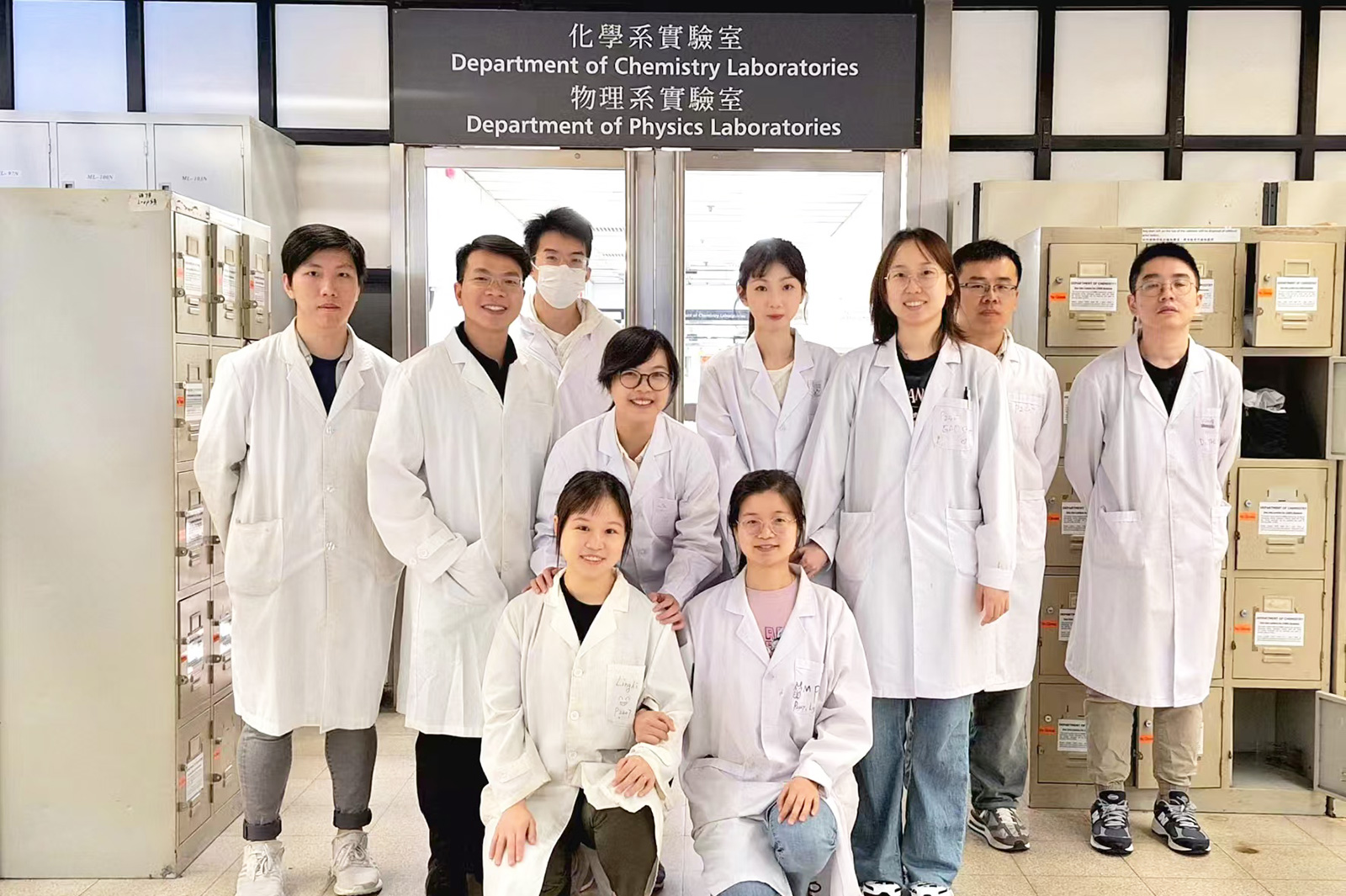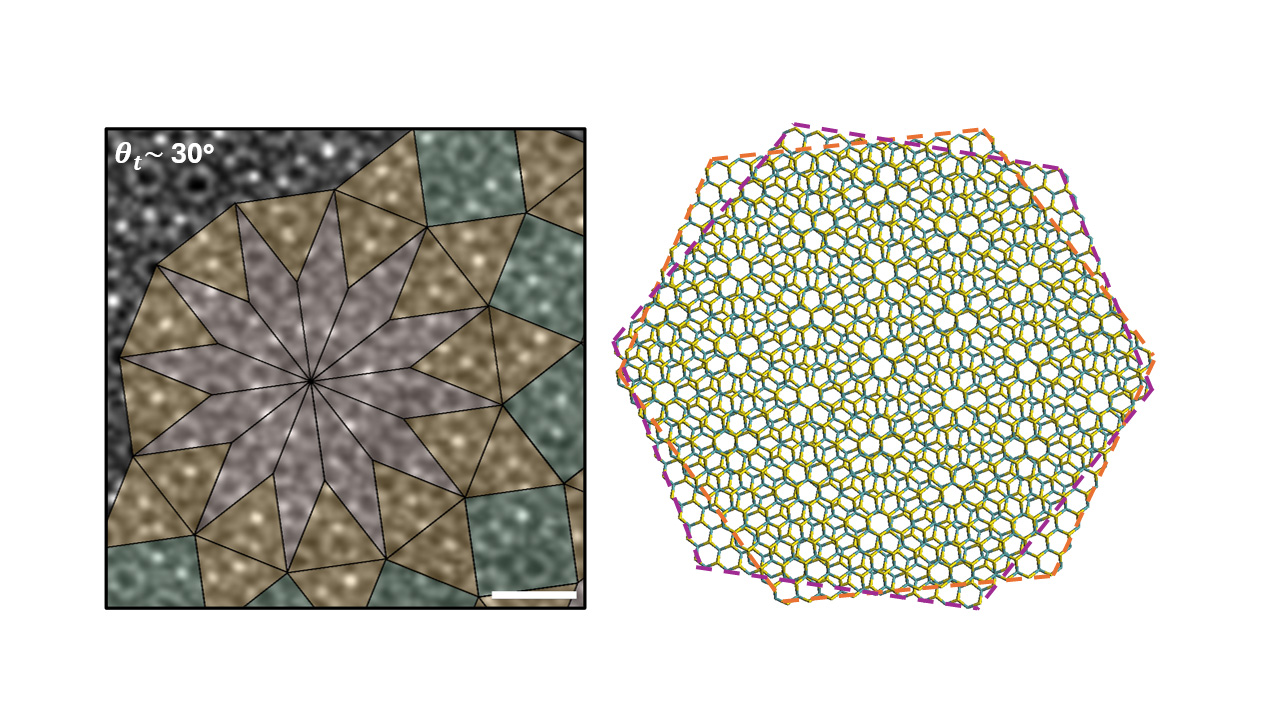Observation of new vortex electric field signals strong potential for assorted devices

A new vortex electric field with the potential to enhance future electronic, magnetic and optical devices has been observed by researchers from City University of Hong Kong (CityUHK) and local partners.
The research, published in Science, is highly valuable as it can upgrade the operation of many devices, including strengthening memory stability and computing speed. With further research, the discovery of the vortex electric field can even later impact the fields of quantum computing, spintronics, and nanotechnology.
“Previously, generating a vortex electric field required expensive thin film deposition techniques and complex procedures. However, our research has demonstrated that a simple twist in bilayer 2D materials can easily induce this vortex electric field,” said Professor Ly Thuc Hue of the Department of Chemistry and a core member of the Centre of Super-Diamond and Advanced Films at CityUHK.
To achieve a clean interface, researchers typically synthesised bilayers directly. However, it is challenging to maintain freedom in twisting angles, particularly for low-angle twists. Professor Ly’s team invented the innovative ice-assisted transfer technique, which she explains has been crucial for achieving a clean interface between bilayers, allowing them to manipulate and create twisted bilayers freely.

Unlike previous studies that focused on twist angles smaller than 3 degrees, the team’s technique allowed them to create a broad spectrum of twist angles ranging from 0 to 60 degrees, by leveraging both synthesis and artificial stacking through ice-assisted transfer.
The groundbreaking discovery of the new vortex electric field in the twisted bilayer has also created a 2D quasicrystal, potentially enhancing future electronic, magnetic and optical devices. Quasicrystals are desirable irregularly ordered structures due to their low heat and electric conductivity, making them ideal for high-strength surface coatings such as in frying pans.
According to Professor Ly, these structures can have a versatile range of applications as the vortex electric field generated differs depending on the angle of the twist. The quasicrystals can result in a more stable memory effect for electronic devices, ultrafast mobility and speed for computing, dissipationless polarisation switching, novel polarisable optical effects, and advancements in spintronics.
The team overcame many difficulties on their path to making the new observation. First, they had to find a way to establish a clean interface between bilayers. This led them to discover a new technique that uses ice as a transfer material, a first in this field. By synthesising and transferring 2D materials using a thin sheet of ice, the team achieved clean interfaces that were easy to manipulate. Compared to other techniques, this ice-assisted transfer technique is more effective, less time-consuming, and more cost-effective.
They then had to overcome the challenge of analysing the material. They finally made the discovery through the use of four-dimensional transmission electron microscopy (4D-TEM) and collaboration with other researchers. In one of their many stages of testing, the twisted bilayer 2D structure was created, and the new vortex electric field was observed.
“This study had the potential to ignite a new field focused on twisting vortex fields in nanotechnology and quantum technology,” Professor Ly concluded, emphasising that the discovery, though still in the early stages in terms of application, could be a major game-changer in device applications such as memory, quantum computing, spintronics and sensing devices.
The paper is titled "Polar and quasicrystal vortex observed in twisted-bilayer molybdenum disulfide". The corresponding authors of this paper are Professor Ly, Professor Zhao Jiong and Professor Yang Ming, from the Department of Applied Physics, the Hong Kong Polytechnic University. Other collaborators include Professor Lee Chun-sing from Department of Chemistry, CityUHK and Professor Lau Shu Ping from the Department of Applied Physics, the Hong Kong Polytechnic University.